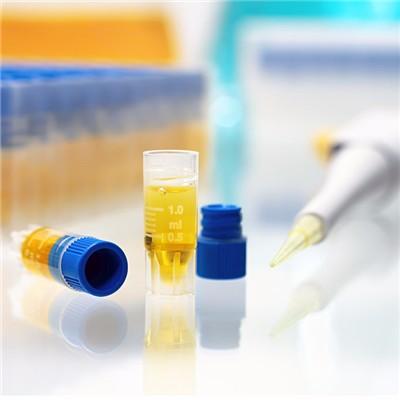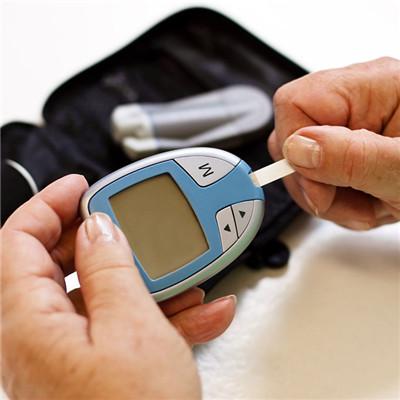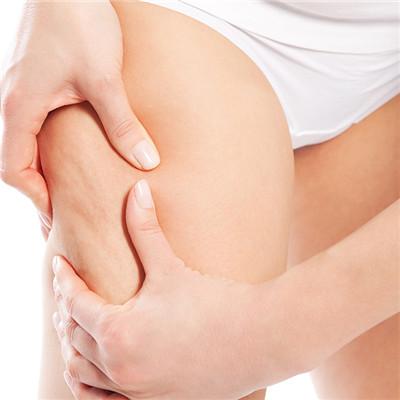What does bladder dysfunction mean?
summary
Voiding dysfunction caused by damage to the central nervous system (brain or spinal cord) or peripheral nerve that controls voiding. Neurogenic bladder for short. Almost every kind of neuropathy can affect the function of bladder, but the same kind of neuropathy can have completely different changes of bladder function in different patients, the reason is not clear. The common causes of neurogenic bladder are: spinal cord injury, multiple sclerosis, cerebrovascular disease, Parkinson's disease, diabetes, meningocele and surgical nerve injury. Let's share my experience with you.
What does bladder dysfunction mean?
Neurogenic bladder can be divided into two types: 1) detrusor reflex resistance. The detrusor of this type of bladder has reflex resistance in response to stimulation. ② The detrusor of this kind of bladder has no reflex to stimulation.

The lesions above the urination center cause spasmodic bladder, manifested as small volume, no free contraction, increased bladder pressure, detrusor thickening and other symptoms. Sacral spinal cord 2-4 is the center of urination injury, diabetic neuropathy and other causes of tension-free bladder, manifested as large volume, low internal pressure, no spontaneous contraction, low tension of external sphincter, etc.

Neurogenic bladder often has dysuria, difficult to control urination, and various symptoms of nerve damage. Urodynamic examination can determine the type of neurogenic bladder. Urine examination can determine whether the infection. Renal function test can determine whether there is uremia or not. Urography can detect whether there is hydronephrosis and ureteral reflux. The shape of the bladder is like a pagoda with pseudodiverticulum.

matters needing attention
Various non-surgical or surgical methods can be used to protect renal function; It can also be used bladder catheterization, intermittent catheterization, ditropin treatment, electrical stimulation urination and other methods. If there is serious renal damage, urinary diversion operation is needed. In the case of urinary incontinence, various instruments designed in recent years for controlling urination with electrodes can be used.

















